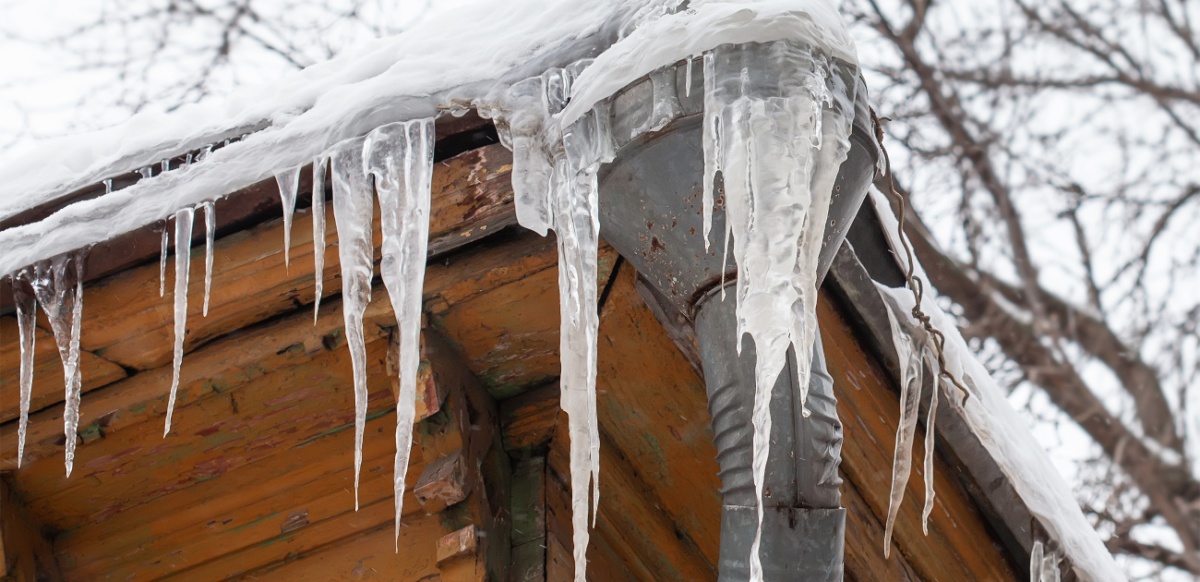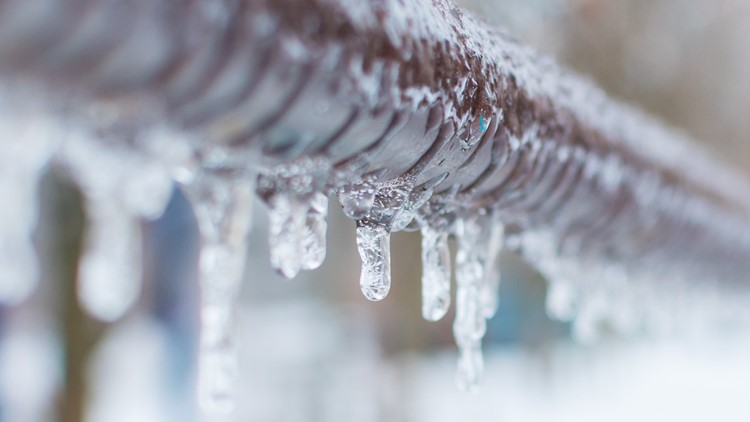We've encountered this great article on Helpful Tips to Prevent Frozen Pipes this Winter down the page on the internet and think it made perfect sense to share it with you on this site.

Cold weather can ruin your pipes, specifically by freezing pipelines. Here's exactly how to avoid it from happening and what to do if it does.
Introduction
As temperatures decrease, the threat of frozen pipelines increases, possibly bring about expensive repair work and water damage. Understanding exactly how to stop icy pipelines is essential for home owners in cool climates.
Recognizing Frozen Pipelines
What causes pipes to ice up?
Pipes ice up when exposed to temperatures below 32 ° F (0 ° C) for prolonged durations. As water inside the pipelines ices up, it increases, taxing the pipe walls and potentially triggering them to break.
Threats and problems
Frozen pipelines can cause supply of water interruptions, home damage, and pricey fixings. Burst pipes can flood homes and create comprehensive structural damages.
Indicators of Frozen Water Lines
Identifying frozen pipes early can prevent them from rupturing.
Exactly how to determine frozen pipelines
Seek decreased water circulation from faucets, unusual odors or sounds from pipes, and visible frost on exposed pipelines.
Prevention Tips
Insulating prone pipes
Cover pipelines in insulation sleeves or make use of heat tape to shield them from freezing temperature levels. Focus on pipelines in unheated or exterior areas of the home.
Heating methods
Maintain interior areas effectively heated, particularly locations with pipes. Open cabinet doors to allow cozy air to circulate around pipes under sinks.
Safeguarding Outdoor Pipes
Yard hoses and outdoor faucets
Detach and drain yard tubes before winter months. Set up frost-proof faucets or cover outside taps with shielded caps.
What to Do If Your Pipelines Freeze
Immediate actions to take
If you think frozen pipelines, keep taps available to soothe stress as the ice melts. Make use of a hairdryer or towels soaked in hot water to thaw pipes gradually.
Long-Term Solutions
Architectural modifications
Think about rerouting pipelines away from outside walls or unheated locations. Add additional insulation to attic rooms, cellars, and crawl spaces.
Upgrading insulation
Purchase top quality insulation for pipelines, attic rooms, and wall surfaces. Proper insulation helps keep consistent temperatures and decreases the danger of frozen pipes.
Conclusion
Avoiding frozen pipelines calls for proactive measures and fast feedbacks. By understanding the reasons, indications, and safety nets, house owners can protect their pipes throughout cold weather.
5 Ways to Prevent Frozen Pipes
Drain Outdoor Faucets and Disconnect Hoses
First, close the shut-off valve that controls the flow of water in the pipe to your outdoor faucet. Then, head outside to disconnect and drain your hose and open the outdoor faucet to allow the water to completely drain out of the line. Turn off the faucet when done. Finally, head back to the shut-off valve and drain the remaining water inside the pipe into a bucket or container. Additionally, if you have a home irrigation system, you should consider hiring an expert to clear the system of water each year.
Insulate Pipes
One of the best and most cost-effective methods for preventing frozen water pipes is to wrap your pipes with insulation. This is especially important for areas in your home that aren’t exposed to heat, such as an attic. We suggest using foam sleeves, which can typically be found at your local hardware store.
Keep Heat Running at 65
Your pipes are located inside your walls, and the temperature there is much colder than the rest of the house. To prevent your pipes from freezing, The Insurance Information Institute suggests that you keep your home heated to at least 65 degrees, even when traveling. You may want to invest in smart devices that can keep an eye on the temperature in your home while you’re away.
Leave Water Dripping
Moving water — even a small trickle — can prevent ice from forming inside your pipes. When freezing temps are imminent, start a drip of water from all faucets that serve exposed pipes. Leaving a few faucets running will also help relieve pressure inside the pipes and help prevent a rupture if the water inside freezes.
Open Cupboard Doors
Warm your kitchen and bathroom pipes by opening cupboards and vanities. You should also leave your interior doors ajar to help warm air circulate evenly throughout your home.

We had been shown that editorial on How To Avoid Freezing Pipes through a friend on a different blog. Sharing is caring. You won't know, you may very well be helping someone out. Thanks for your time. Don't forget to check our blog back soon.
Call Today